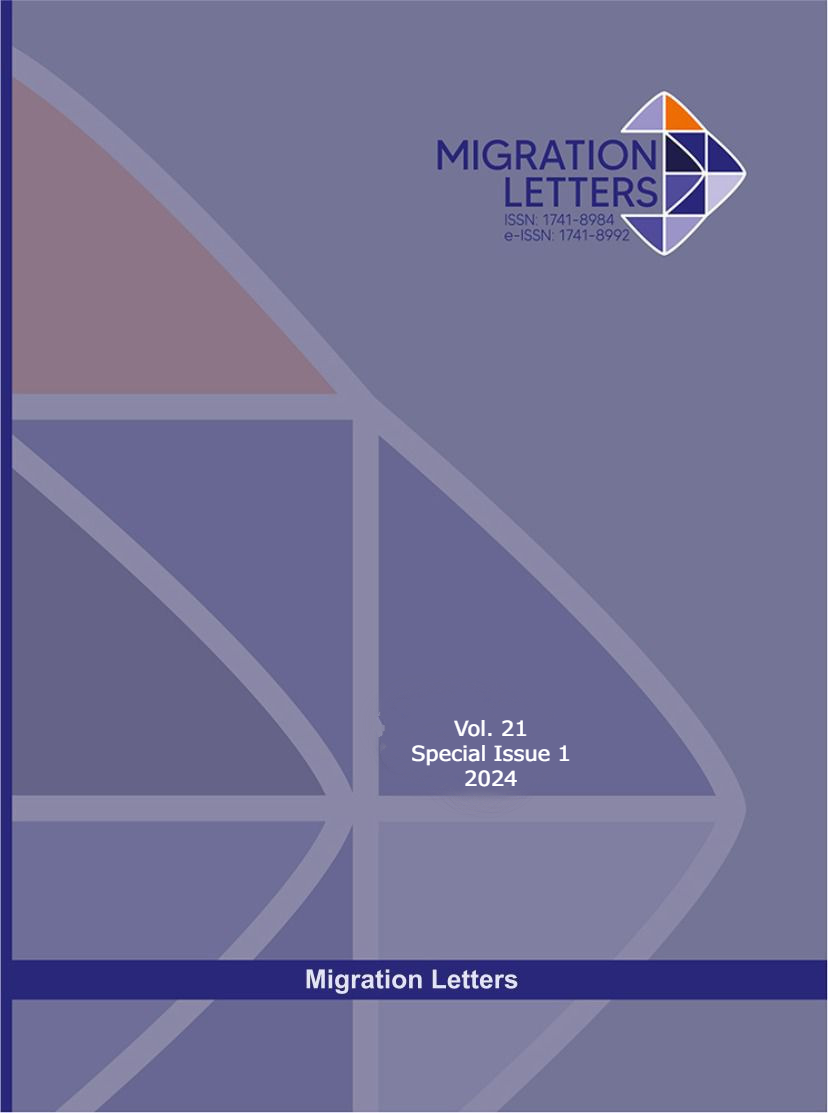Improvements to Eco-Friendly Sanitary Napkins made from Natural Fibres: Development and Characterization
Abstract
Three sanitary napkin types produced from natural fibers were put through a rigorous evaluation process to determine their performance attributes in this study. In order to give a thorough understanding of their absorbency, retention, rewet resistance, and leakage prevention capabilities, these napkins had different core compositions and top layers. The outcomes showed that although all the variations had different advantages and disadvantages, Sample S3, which had a bamboo-flax-hemp core, was the best performer. It had remarkable absorbency and retention, even though it slightly rewet under load. Sample S1 excelled in absorbency and dryness, while Sample S2 showed balanced performance. These results highlight the significance of customizing the composition of sanitary napkins to individual user preferences while maintaining an environmentally and biodegradably sound framework. Textiles play an essential role in assisting women in their struggle against numerous barriers. Women's health and hygiene are supported by absorbent hygiene, an essential type of medical textiles, particularly during the menstrual cycle, which presents several challenges for women. In order to make sanitary napkins more affordable, this research focuses on changing natural fibres to make them appropriate for use in them. This aids in breaking into the rural women's market, assisting the women in adapting to the physiological changes occurring during these vulnerable days, allowing them to make their vitalizing contributions to society with greater flair.
Metrics
Downloads
Published
How to Cite
Issue
Section
License
Copyright (c) 2023 M. Mahalakshmia, V. Maheshwari

This work is licensed under a Creative Commons Attribution-NonCommercial-NoDerivatives 4.0 International License.
CC Attribution-NonCommercial-NoDerivatives 4.0






